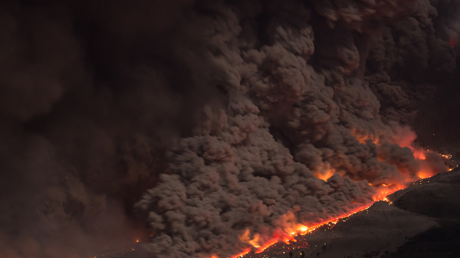When faith is at the center of a person’s life, it can provide a strong anchor in even the roughest storms.

When disaster strikes, research shows that many people turn to religion to make meaning and cope in the aftermath. But significant traumatic events like disasters can challenge peoples’ previously held beliefs and experiences, including their idea of God.
This can threaten to turn their worldviews upside down. They may wonder how God allowed this tragedy to happen, or how to reconcile their idea of a “good” God with the reality of pain and suffering they see.
Within the psychology of religion/spirituality literature, this is often referred to as a “head-heart discrepancy.” This may lead to what is known as religious cognitive dissonance. The Encyclopedia of Religion and Society explains the phenomenon as follows:
People prefer a situation in which their cognitions are consistent with each other and their cognitions are consistent with their behaviors. If there are inconsistencies among a person's cognitions, or between cognitions and behaviors, these will cause disquiet in the person, leading him or her to seek some resolution of the discomfort.
Simply put, the bigger the discrepancy, the more likely people will feel stressed as they try to reconcile their disaster experience with their established religious beliefs and experiences.
To better understand why some people might experience greater religious cognitive dissonance than others in the aftermath of a disaster, our team at the Humanitarian Disaster Institute recently conducted a laboratory study led by Dr. Daryl Van Tongeren (Hope College) and published our findings in the American Psychological Association journal Psychology of Religion and Spirituality.
Particularly, we wanted to better understand what role the centrality of one’s ...
from Christianity Today Magazine https://ift.tt/2SDtzud
No comments:
Post a Comment